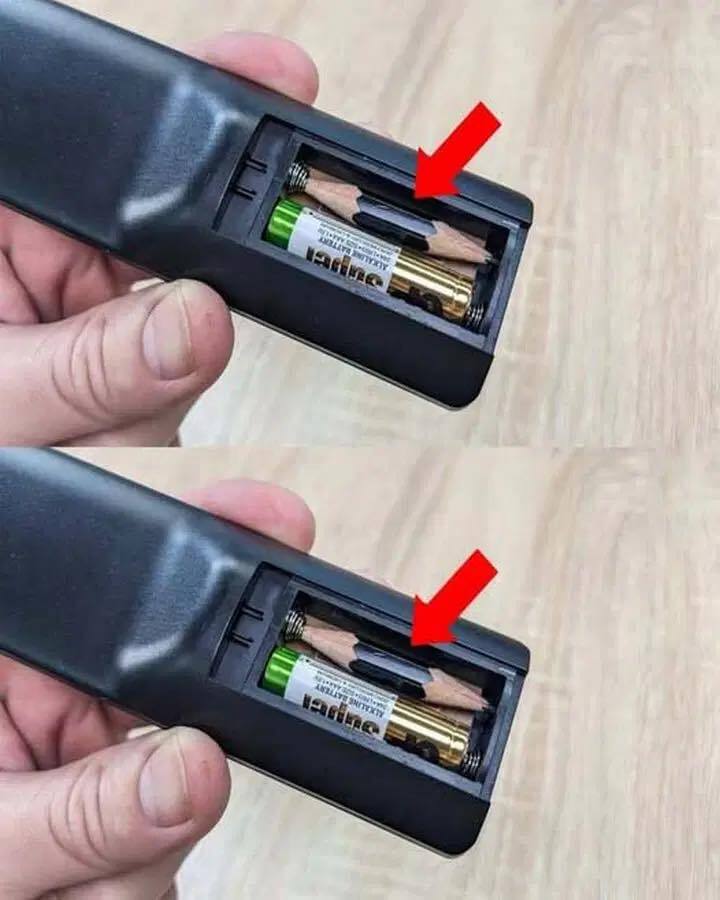Dealing with a remote control that just won’t cooperate can be one of the most irritating parts of modern-day life. Whether you’re trying to change the channel, turn up the volume, or pause a movie, there’s nothing more annoying than pressing a button and getting zero response. But before you throw your remote across the room or rush to buy a new one, take a moment to troubleshoot.

Many of the most common remote control problems are simple to identify and even easier to fix—no technical knowledge or tools required. In most cases, all it takes is a little patience and a few clever tricks to get your remote back in working order. One of the most common reasons a remote control stops working is due to dead or weak batteries. It sounds simple, but it’s often overlooked. If your remote is unresponsive or only works occasionally, the first thing you should do is swap out the old batteries for a fresh set. Be sure to insert them correctly, matching the positive and negative ends as shown in the battery compartment. Even if the batteries still have a little juice left, they may not provide enough power for consistent performance
Starting with new batteries is always the smartest first step. If replacing the batteries doesn’t solve the issue, the next likely problem is a blocked signal. Most remote controls use infrared (IR) light to send signals to your television or other devices, and that light needs a clear path to reach the sensor. Make sure nothing is obstructing the space between the remote and the device. Objects like books, decorative items, or even glass cabinet doors can interfere with the IR signal. Also, be aware of any bright light sources, like direct sunlight or strong lamps, which can disrupt or drown out the infrared beam.
Try pointing the remote directly at the sensor from a short distance to test if a clearer signal path helps. Another sneaky issue that often causes remotes to malfunction is dirty or corroded battery contacts. Over time, battery terminals can collect grime, dust, or even a bit of corrosion, especially if old batteries have leaked slightly. If your batteries are good but the remote still isn’t working, take them out and inspect the metal contacts inside the compartment.
If they look dirty or discolored, gently clean them using a cotton swab dipped in rubbing alcohol or lightly rub them with a small piece of sandpaper. Let everything dry completely before inserting fresh batteries and trying again. Sometimes the issue isn’t inside the battery compartment but on the outside—on the buttons themselves. Remote controls are handled constantly and can collect dirt, oils from your skin, and crumbs from nearby snacks. If buttons are sticking or not responding properly, it could be because debris has built up underneath. Start by removing the batteries, then wipe the surface of the remote with a slightly damp cloth and a bit of mild soap if necessary. Use a soft toothbrush or cotton swab to gently clean around the buttons. Just make sure not to let water get inside the remote, and allow it to dry completely before using it again. If you’re still not sure whether your remote is sending signals at all, there’s an easy test you can do with your smartphone. Turn on your phone’s camera, point the remote toward the lens, and press any button. If the remote is working properly, you’ll see a flashing light on the screen that’s invisible to the naked eye. No flash? The remote might be broken. If there is a flash but your device still doesn’t respond, the issue could be with the device itself or the sensor that receives the signal. For universal remotes, you might need to reprogram the remote to sync with your device. Look for the original instruction manual or find the pairing guide online. And if none of these tricks do the job, consider trying a universal remote or a smartphone app that can function as a remote for most modern TVs. These apps are easy to use and often more reliable than older remotes. In most cases, remote problems are quick and easy to fix, and with just a few basic steps, you can save yourself the hassle of replacing it entirely.





